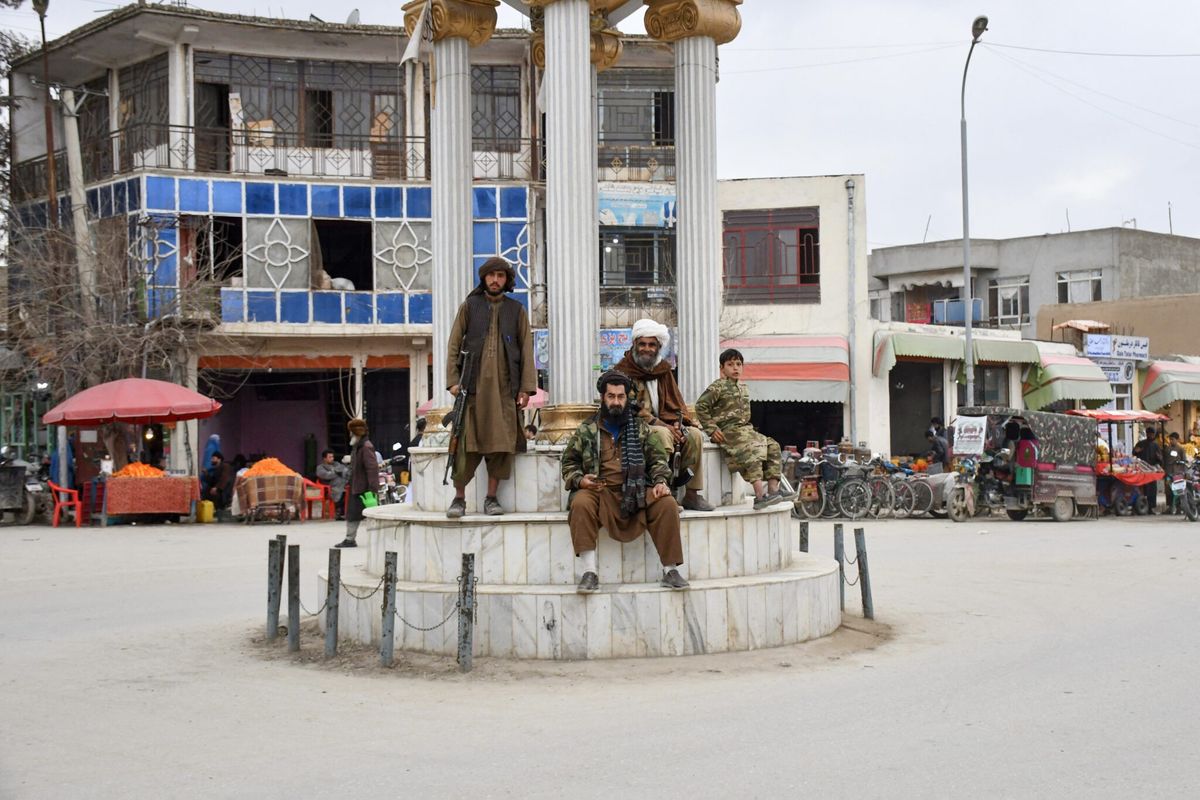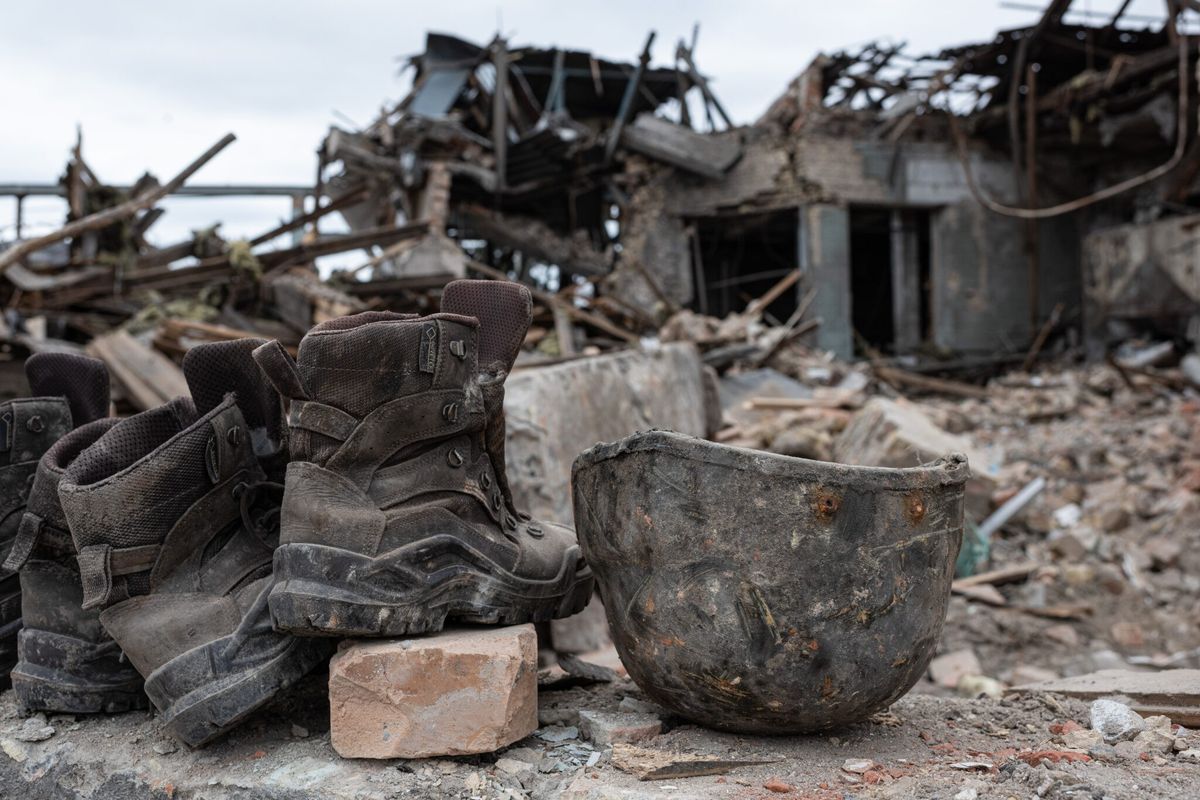With the international community focused on the expanding threat from ISIS, the persistent threat the Taliban poses to stability in Afghanistan seems to be getting little attention. The recent rise in Taliban attacks threatens the fragile state of affairs after more than 15 years of war and calls into question the United States’ plan to significantly cut its troops in 2017.
A Pentagon report released in December 2015 assessed that, “in the second half of 2015, the overall security situation in Afghanistan deteriorated, with an increase in effective insurgent attacks.” This year began similarly grim, with at least six Taliban bomb attacks in Kabul and the attack on a Pakistani university. The insurgent group has also been diversifying its targets. Last week, the Taliban attacked a critical power line in Kabul, plunging the Afghan capital into darkness.
Although many questioned the strength of the Taliban after the July 2015 news that its leader, Mullah Mohammed Omar, had died in April 2013, opinions are now changing. The instability brought on by the Taliban is further compounded by the presence of multiple terrorist groups—namely, al Qaeda, ISIS, and the Haqqani network—many of whom work in conjunction with the Taliban. The Taliban and its allies appear to be a formidable opponent to the Afghan National Security Forces and remaining Western forces.
There are now murmurs from top U.S. military commanders that thousands of American troops could remain in Afghanistan for decades to enforce security. Approximately 9,800 U.S. troops are currently in Afghanistan to assist the ANSF, and they are expected to stay through most of 2016. Despite President Obama’s promise to withdraw all troops by the time he leaves office next January, he has now agreed to leave a force of 5500 troops in place.
The question now is how to prevent an endless military presence in Afghanistan, while ensuring that Afghanistan does not succumb to insurgents upon a Western troop withdrawal.
There is a renewed effort to find a solution for stability via peace negotiations. Adopting the ancient proverb “the enemy of my enemy is my friend,” Pakistan, Afghanistan, China, and the United States are expected to meet for a third time in Islamabad on February 6 to determine the roadmap for peace. In a more surprising turn of events, the Pentagon announced last November that they were no longer conducting counterterrorism operations against the Afghan Taliban, viewing them now as an important partner in reconciliation talks
The Cipher Brief experts agree that the negotiations hold promise, and stress the role of Pakistan in securing stability in Afghanistan because of its unique and complicated relationship with the Taliban. But once again, plans for Afghanistan seem short sighted. The talks exclude key combatants, such as the Haqqani network, and do not address how to demobilize and integrate the insurgents into society. Without a comprehensive solution, the U.S. military presence in Afghanistan may, in fact, continue for decades to come and continue to drain U.S. resources.












